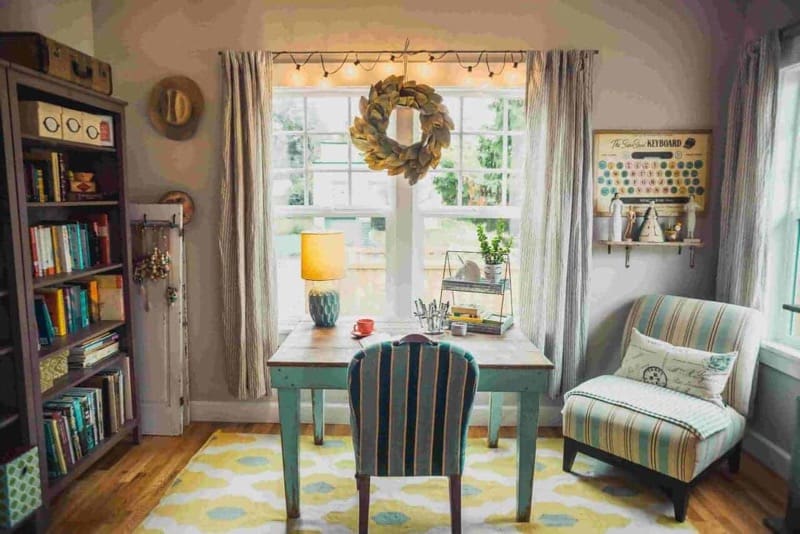There are several risks that come with placing your loved one in a nursing home. The fear of abuse and neglect often keeps people from making this difficult choice.
Nursing home residents may be neglected or inadequately cared for by underpaid or inexperienced employees. Abuse is often caused by negligence, and the failure to provide adequate, customized care for each resident of a nursing home.

Sites like rosenfeldinjurylawyers.com have compiled a list of harmful situations that classify as nursing home abuse. Bedsores, malnutrition, dehydration, and even wrongful death are unfortunately common in nursing homes.

It is important to remember that these statistics are often reported cases. Many families never report abuse because they feel ashamed or embarrassed. This means that the true number of cases is likely much higher.
For most families, the benefits do not outweigh the potential and they’re making the decision to bring their loved ones home and care for them in a safer, more comfortable, and domestic setting.
Safety should be your number one priority when reviewing long-term care options for your loved ones, but it’s also important to make the space a pleasurable environment.

Not every aspect of senior living is mobility assistance and modified accommodations, decor is important too. Our environments play a vital role in our mental health.
A lucent, styled, positive space can increase morale and provide a much-needed sense of comfort for your loved one.
There are several aspects to consider when decorating a living space.
Find Out What They Like
While your design choice is ultimately up to you, it’s important to consider their likes and dislikes. The space should be personalized so that they feel at home. Ask them what colors prefer. What upholstery style of furniture do they like? Do they have any hobbies that you could incorporate into the decor?
Create a Positive Space
As we age, our minds and bodies naturally begin to slow down. Cognitive decline is one of the most common conditions associated with aging. This can make it difficult for people to remember where things are or what activities they enjoy doing. There have been several studies on how design affects cognitive awareness in senior living environments and there have been some promising results. Playing classical music, painting in bright colors, creating an open space for easy maneuverability, and incorporating familiar items like family photos all help seniors retain their memories longer than those who live in more traditional nursing homes.
Be Bold and Bright
Choose light colors and fabrics. Lighter colors reflect more light and create the illusion of a larger space. They also tend to be more cheerful and can help to boost your loved one’s mood.
Try to avoid dark colors and heavy textiles. Dark colors will make the room feel smaller and more oppressive. Heavy fabrics can be difficult to clean and may harbor dust mites or allergens. These can negatively affect your relative’s respiratory health or worsen the symptoms of their present conditions.
Incorporate Personal Touches
Display family photos, personal belongings, and favorite objects. These will help to make the space feel like home. They can also provide a sense of familiarity and comfort in a new environment.
Be sure to keep any personal items safe and out of reach of wandering hands or feet.
Choose Easy-to-Use Furniture and Appliances
Choose furnishings that are easy for your loved one to use. Upholstered furniture is often easier than wooden or metal surfaces because it conforms to the shape of a person’s body. It can also be more comfortable than plastic chairs, which may be too hard on their joints.
Choose appliances that are easy to operate. Many seniors have difficulty using buttons or switches, so opt for appliances with knobs and dials instead. If your loved one has poor vision, choose appliances with large print numbers and letters.
Create a Focal Point
A well-placed focal point can be aesthetically pleasing and provide a visual anchor for the space. It can also help to draw the eye away from any bulky accessibility features in the room.
A fireplace, large window, or piece of art can serve as a focal point.
Be Unique
There is no one-size-fits-all answer when it comes to decorating. Try to be creative and think outside the box. There are many online resources available for inspiration.
Decorating a senior living space can be a challenging task, but there are several ways to make the process enjoyable. Take your time, and dedicate your focus to creating a space that feels like home.
